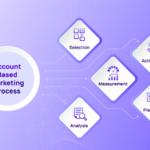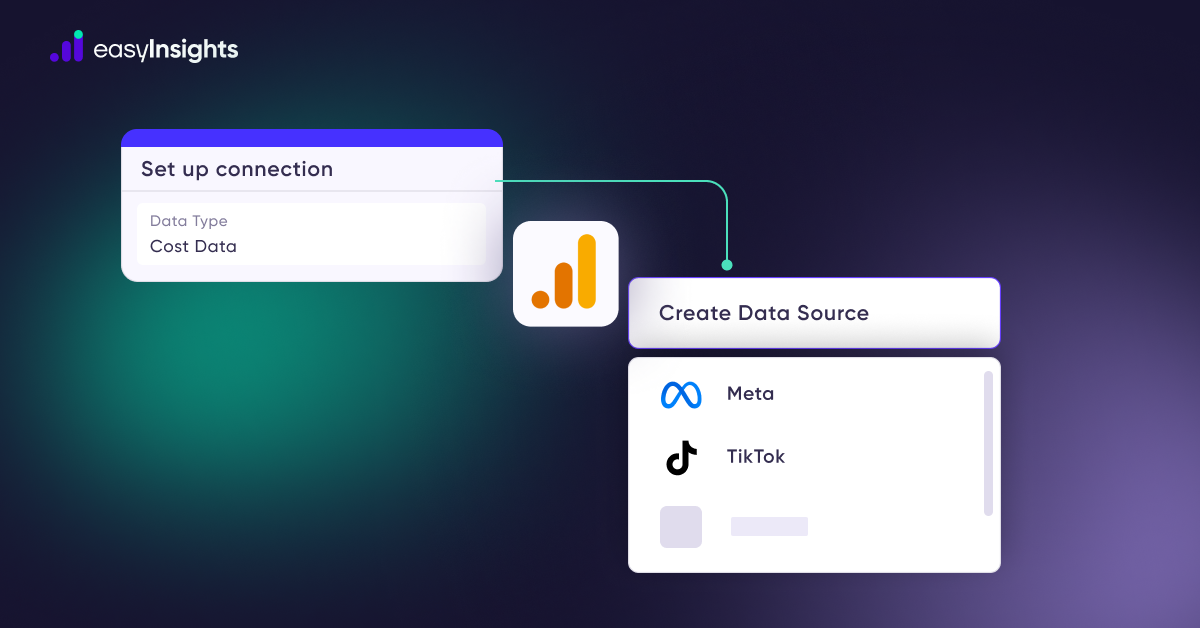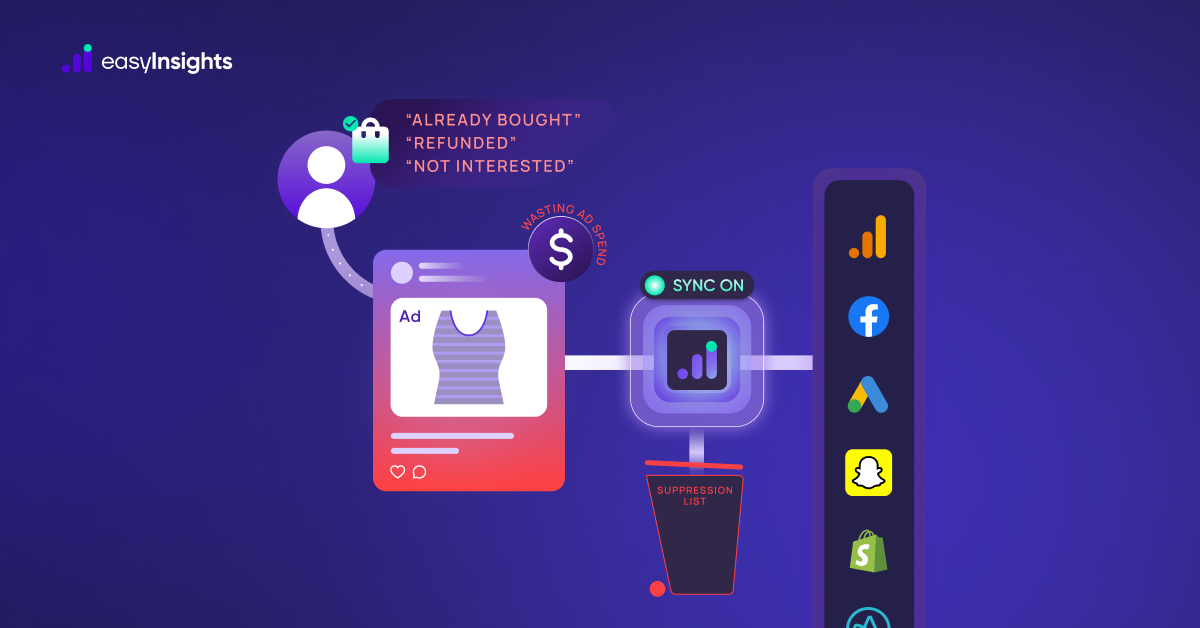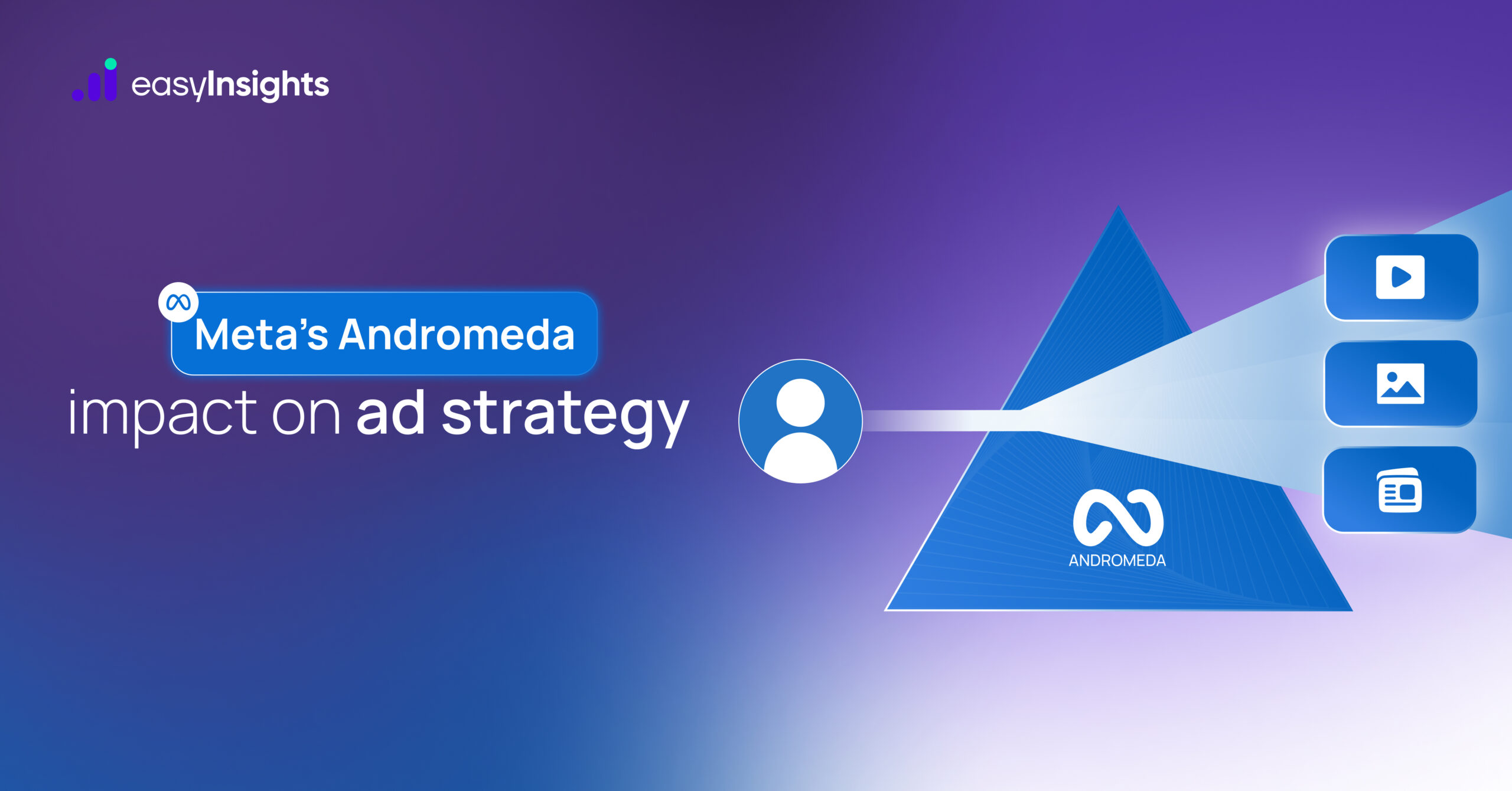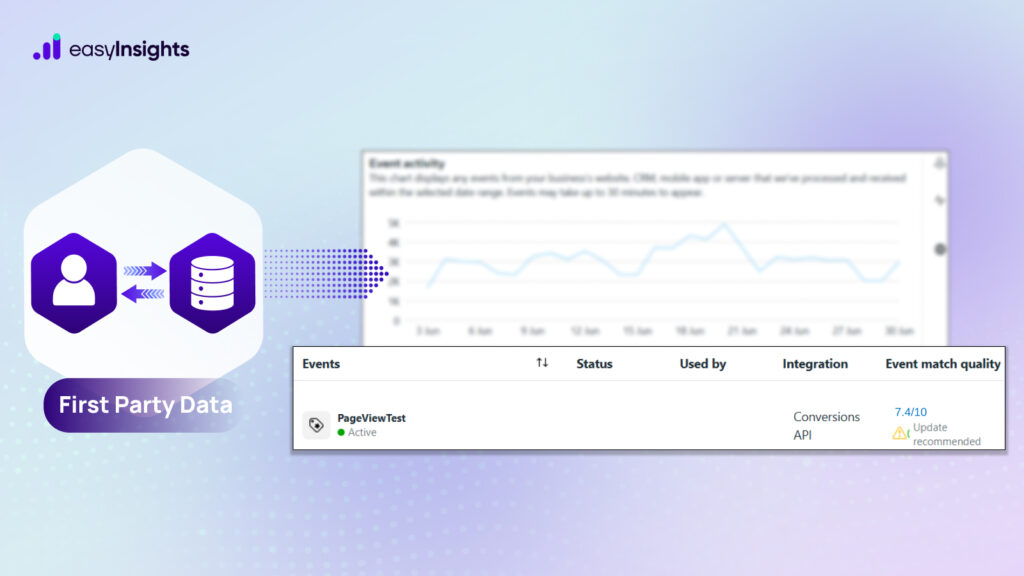
If you’re struggling with rising ad costs and low-performing campaigns on Meta, you’re not alone. One of the most common yet overlooked reasons behind this is poor Event Match Quality (EMQ). When Meta fails to accurately match your event data, such as purchases, form submissions, or sign-ups to real user profiles, your cost-per-click (CPC) rises, conversion rates drop, and your overall ad efficiency suffers.
The solution? Start by fixing your Event Match Quality.
Meta relies heavily on user data to optimize ad delivery, personalize targeting, and measure performance. If the data you’re sending is incomplete, inaccurate, or poorly formatted, Meta simply can’t connect the dots. This leads to wasted impressions, missed conversions, and inflated costs.
That’s where first-party data (1PD) steps in. By collecting and sending clean, consented, and high-quality user data directly from your own properties – like websites, CRMs, or mobile apps – you give Meta exactly what it needs to improve matching and performance.
In this blog, we’ll explain how you can improve event match quality with first-party data.
Jump ahead to:
What Is Event Match Quality in Meta Ads?
Event Match Quality (EMQ) is a diagnostic score in Meta Ads that reflects how well the event data you send, like purchases, leads, or form submissions, matches Meta’s user database.
When a user takes an action on your website or app (such as buying a product or signing up for a newsletter), you send that event data to Meta via the Meta Pixel or Conversion API. This data typically includes identifiers like – Email address, Phone number, First and last name and many more parameters.
EMQ is measured as a score from “Poor” to “Excellent” inside Meta Events Manager. A high score means your data matches well with Meta’s users, while a low score suggests that the data is incomplete, poorly formatted, or not useful for matching.
Why First Party Data is important to improve event match quality
If you want to improve your Event Match Quality (EMQ) in Meta Ads, the most reliable and effective way is to feed Meta with high-quality first-party data – the data you directly collect from your users across their interactions with your brand. Meta uses match keys – such as email, phone number, and browser ID – to find and associate a user’s actions (like purchases or sign-ups) with their Facebook account. If you’re only sending weak or partial data, Meta struggles to complete the match, resulting in:
- Low match rates
- Underreported conversions
- Poor ad delivery
- Higher acquisition costs
By contrast, sending richer and more complete first-party data improves the likelihood of a match, which results in a higher EMQ score, better tracking, and smarter ad optimization.
With iOS privacy updates and the deprecation of third-party cookies, third-party data is fading fast. Meta and other platforms now rely heavily on first-party data to deliver accurate insights and maintain performance.
Additional Reading: Improve your Facebook (Meta) Event Match Quality Score
How to Leverage First-Party Data to Improve Event Matching
To enhance your event matching quality (EMQ) on platforms like Meta, leveraging first-party data is key. This guide walks you through the three crucial stages: Capturing, Unifying, and Activating your data effectively.
1. Capturing High-Quality First-Party Data
The foundation of effective event matching begins with capturing accurate and relevant data from different user touchpoints. Each source contributes a unique layer of insight, helping to build a complete customer profile.
Direct Online Interactions (Website or App)
Sources:
Website forms (newsletter signups, downloadable resources)
- Event registrations
- Free trial sign-ups
Captured Data:
- Name
- Email address
- Phone number
- Business name
- Form source
This user-submitted data is highly reliable and enables instant user matching on Meta, significantly boosting EMQ.
Event Tracking (User Behaviour Online)
Sources:
- Add to cart
- Product views
- Checkout initiated
- Purchase completed
Captured Data:
- Browser ID
- IP address
- Session duration
- Product page visited
- Product details
- Facebook click ID
These behavioral signals represent high intent and are extremely valuable for retargeting and ad algorithm optimization.
Offline Conversions
Sources:
- In-store purchases
- Phone inquiries
- Offline consultations
- Trade shows and events
Captured Data:
- Name
- Phone number
- Purchase date
- Store location
- Revenue details
By syncing offline conversion data with Meta, you can match offline activity to online behavior, improving ad attribution and campaign efficiency.
Customer Support Interactions
Sources:
- Chatbots
- Support calls
- Helpdesk systems
Captured Data:
- Phone number
- Product interest
These interactions offer real-time insight into engaged users and help refine audience targeting and retention strategies.
2. Unifying First-Party Data (Connecting Disparate Sources)
Collecting data from multiple platforms often leads to fragmentation. Without proper unification, your event data remains incomplete and underutilized.
Use a 1PD Ops Platform
A robust First-Party Data Operations platform like EasyInsights 1PD Ops simplifies unification. It:
- Integrates seamlessly with sources like your website and CRM
- Connects with destinations like Meta, analytics tools, and ad platforms
- Combines data points into a single, cohesive user profile
This step ensures Meta can interpret and match your event data effectively.
3. Activating First-Party Data (Delivering the Data to Meta)
Now that your data is unified, the next step is activation – sharing the right data with Meta in a reliable way that improves event match rates.
Use Meta’s Conversions API (CAPI)
Unlike Pixel tracking, which relies on browser data (and can be blocked), CAPI sends server-side data, offering:
- Greater accuracy
- Resilience against browser restrictions
- Better match rates and attribution
Real-Time Sync Options
If you use CRMs like HubSpot, Salesforce, or Zoho, you can integrate directly with Meta through EasyInsights 1PD Ops.
For offline conversions, regularly uploading customer lists (or using an auto-sync system) ensures data flows consistently to Meta.
Benefits of Fixing EMQ with First-Party Data
| Benefits | Description |
| Improved Audience Targeting | Meta knows exactly who to show your ads to. |
| Lower CPC | Your ads become more cost-efficient with fewer wasted impressions. |
| Higher Conversion Rates | You’re reaching people more likely to act. |
| Stronger Attribution | You gain more accurate insights into which ads drive which actions. |
| Increased ROAS | With better matching and delivery, your return on ad spend grows. |
How Event Match quality Impacts Campaign performance
1. Better Attribution
- More matched events → more conversions tied to your ads.
- Helps Meta’s algorithm optimize your campaigns effectively.
2. Improved Targeting & Delivery
- Meta uses matched data to identify similar users and serve ads to high-intent audiences.
- Strong EMQ boosts lookalike and retargeting precision.
3. Lower Cost Per Action (CPA) & Higher ROAS
- High EMQ = lower CPA and improved ROI:
- One study showed improving EMQ from 8.6 to 9.3 reduced CPA by 18%, increased match rate by 24%, and lifted ROAS by 22%
- Another example saw ROAS jump 28% and CPA drop 19% after boosting EMQ.
- Performance volatility often aligns with fluctuating EMQ.
4. Faster Algorithm Learning
- Clean, rich data helps Meta learn quickly and exit the learning phase faster.
- This enables stronger bid optimization and audience refinement.
5. Reduced Under‑Reporting
- Low EMQ leads to missing attribution; your reporting doesn’t reflect actual performance.
- High EMQ = fuller conversion visibility and more accurate data.
6. Efficient Retargeting
More matched user events = stronger retargeting lists and better reach of high-intent visitors.
Conclusion
Improving Event Match Quality with first-party data isn’t just a technical fix – it’s a strategic advantage in a privacy-first world. As tracking restrictions tighten and third-party signals fade, your owned data becomes the most reliable, scalable asset you have. Brands that take control of their data infrastructure today will be the ones who dominate performance tomorrow.
Tools like EasyInsights. Instead of relying on manual uploads or patchy integrations, EasyInsights helps you seamlessly connect your CRM, website, and offline data sources directly to Meta. This ensures that high-quality, consented first-party data – like email addresses, phone numbers, and conversion events – flows consistently and accurately through Meta’s Conversions API.
Book a Demo today with EasyInsights



